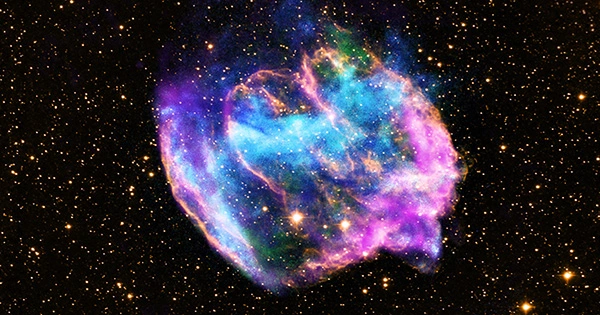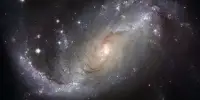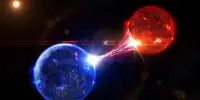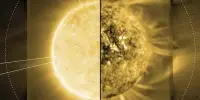Around 1,800 years ago, a strange light emerged out of nowhere in the sky. Chinese observers noted the occurrence and described it as a “guest star.” The eight-month-long illumination was actually an explosive supernova that occurred deep within our galaxy.
Scientists at the National Science Foundation’s NOIRLab, which operates large telescopes throughout the United States and elsewhere, turned a giant telescope to the cosmic scene in the twenty-first century and captured a unique, in-depth picture of the historic explosion. RCW 86 refers to this dispersed ring-shaped mass of space debris.
“Wispy tendrils that appear to be flying away from a center point, like the tattered remains of a burst balloon, are draped around the exterior edges of this star-filled image,” NOIRLab said in a statement (Opens in a new tab). It is believed that these cloud-like characteristics are the glowing remnants of a supernova that Chinese astronomers saw in the year 185 C.E.
Astronomers used the high-resolution Dark Energy Camera, attached to the Victor M. Blanco 4-meter Telescope at the Cerro Tololo Inter-American Observatory in the dark, dry Chilean mountains, to catch images of this burst cosmic balloon.
Nearly 8,000 light-years distant in space, the supernova blast grew quickly. The theory put forth by astronomers is that a sun-like star that had used up all of its fuel and had been reduced to a searing hot center, known as a white dwarf(Opens in a new tab), gradually tore material from its close companion star (unlike our solar system, most solar systems have two or more stars). The tremendous weight of the stolen stellar material eventually became too much for the white dwarf to bear. It detonated after collapsing. This is referred to as a “class Ia supernova” technically.
















